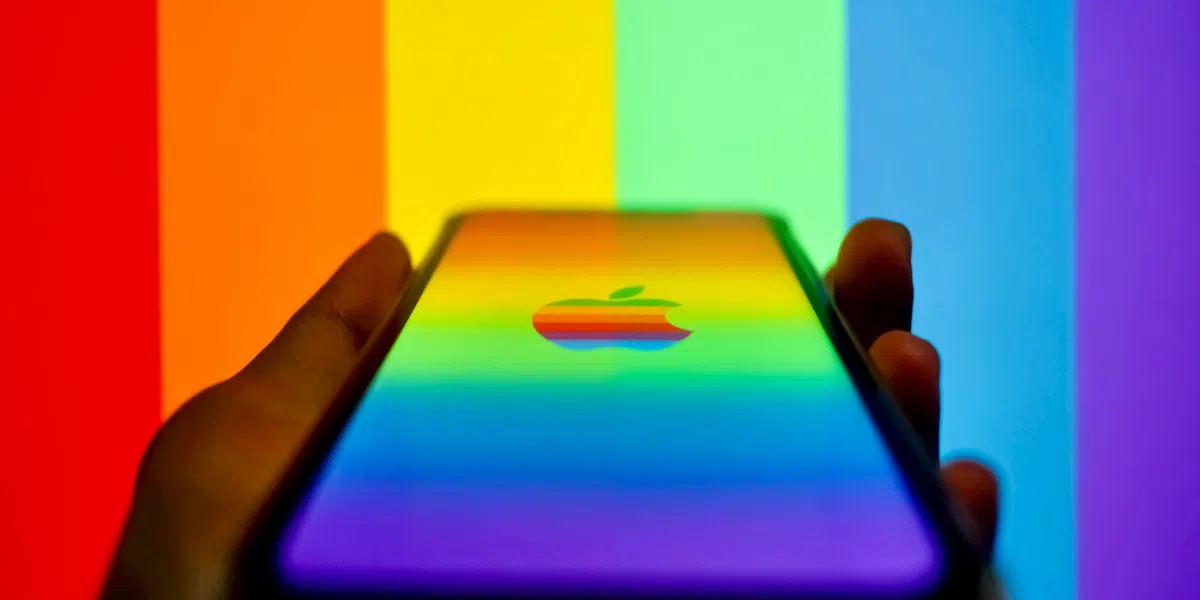Researchers have developed a less painful vaccination method. They treat the skin with a liquid containing the vaccine and use ultrasound to push the vaccine into the body.
The researchers were able to administer vaccines transdermally using ultrasound, without damaging the skin. This method eliminates the need for a painful injection with a needle.
The needle-free vaccine is manufactured by Biomedicus Darcy Dan Lawless from the University of Oxford and colleagues. They mixed the vaccine particles with small, cup-shaped proteins. They then applied the liquid mixture to the mice’s skin. They exposed the mixture on the skin to ultrasound waves for about a minute and a half, just as with ultrasound.
Read also
The way babies sleep on Instagram is fraught with danger
Parents regularly post photos of their sleeping babies on Instagram that don’t meet guidelines for safe sleeping positions. ‘It seems we…
Ultrasound waves pushed the mixture into the upper layers of the skin. The proteins form bubbles filled with the vaccine. If the ultrasound continues, the bubbles burst and the vaccine goes deeper into the skin.
When the bubbles burst, some dead skin cells also disappear. This made the skin less stiff and allowed more vaccine particles to penetrate the skin.
More antibodies
The researchers tested the ultrasound method on live mice. The mice showed no signs of pain and there was no visible damage to their skin.
The vaccines worked well, although the vaccine particles reached less deeply than if they were poked with a needle. Ultrasound delivers the vaccine only to the upper layers of the skin, while the needle delivers vaccine particles to the muscles under the skin. However, this more superficial process is enough for the body to build immunity, says den Lawless.
The researchers discovered that the ultrasound method delivers seven hundred times fewer vaccine particles than usual injections. However, the mice produced more antibodies than the vaccination injection did. One possible explanation is that there are more immune cells in the skin than in the muscles, but researchers are still investigating this further, says den Lawless. He presented his research at the Acoustics Sciences Conference 2023 in Sydney, Australia, on December 4.
Unpredictable
Biomedical scientist Kate Edwards The University of Sydney’s says needle-free vaccines could lower the barrier for some people to get vaccinated. However, more information is needed about the safety of this method in humans before we can use it on a large scale.
In addition, there are questions about the reliability of the new vaccination method. Dan Lawless says the bursting of bubbles in the skin is unpredictable. Sometimes, the bubbles release vaccination particles unevenly, or in unexpected amounts.
He and his colleagues are working to develop better ways to monitor the process. They do this, for example, by recording the tiny bubble sound of bursting bubbles. From this they can infer the distribution of vaccine particles under the skin.

“Total coffee specialist. Hardcore reader. Incurable music scholar. Web guru. Freelance troublemaker. Problem solver. Travel trailblazer.”







More Stories
Increased numbers of breeding birds in swamps and fresh water, and decreased numbers of birds in agricultural lands
Are you growing up healthy? This is how you do it
There is now a direct Bluetooth connection to the room